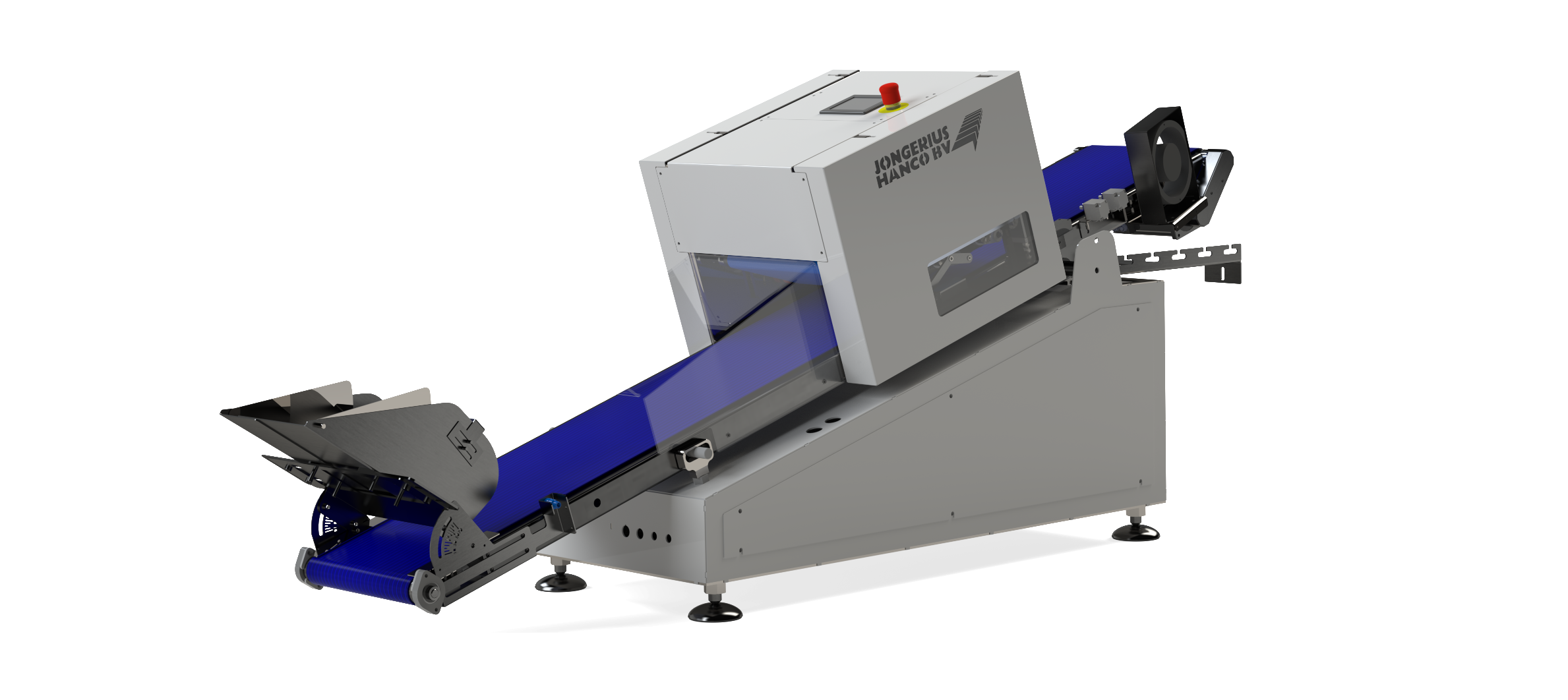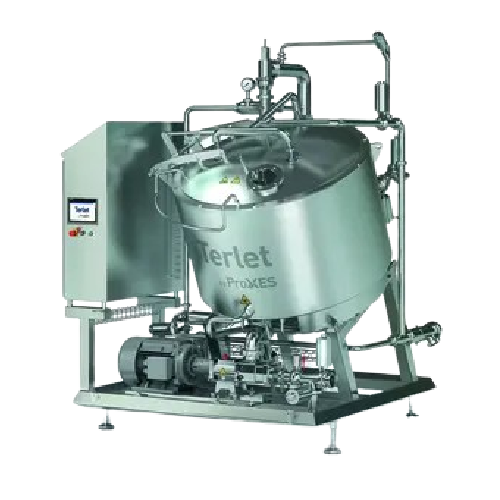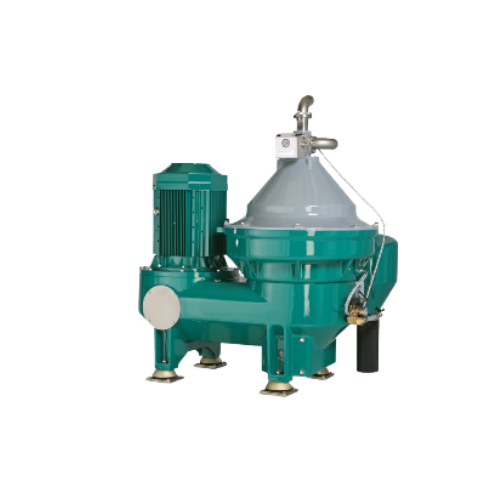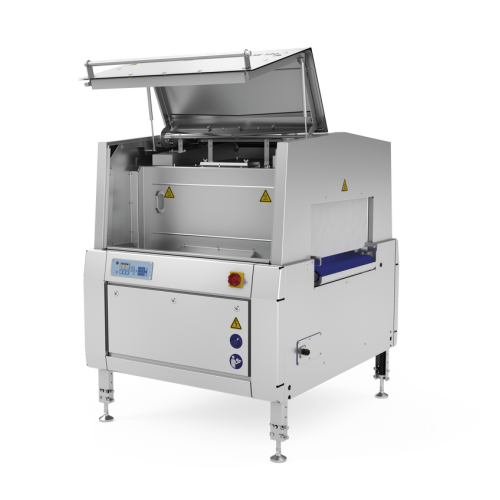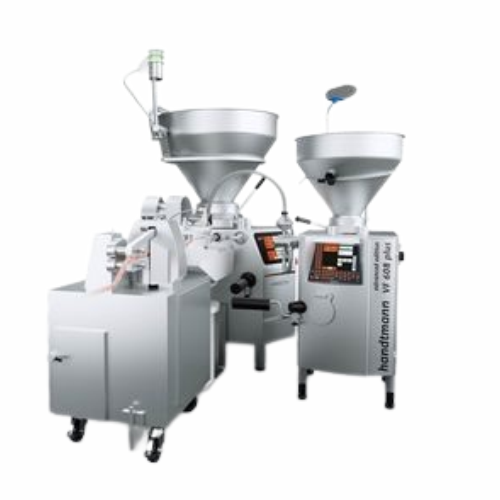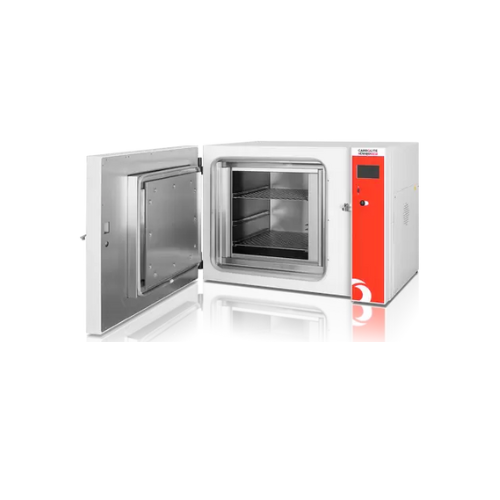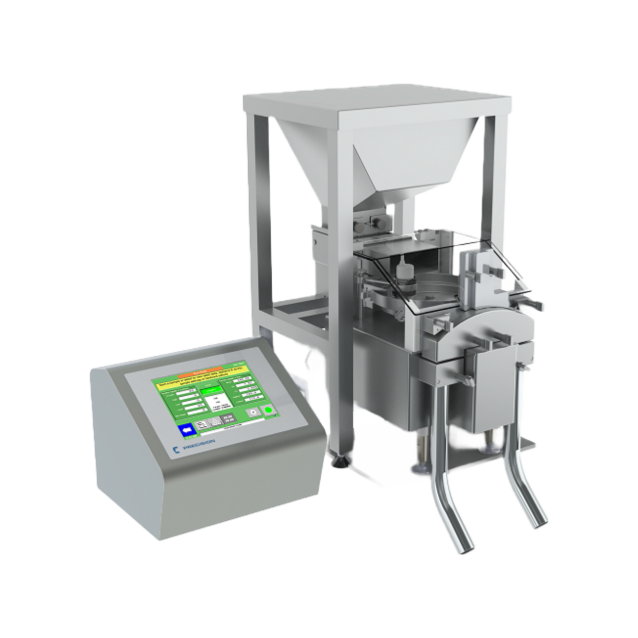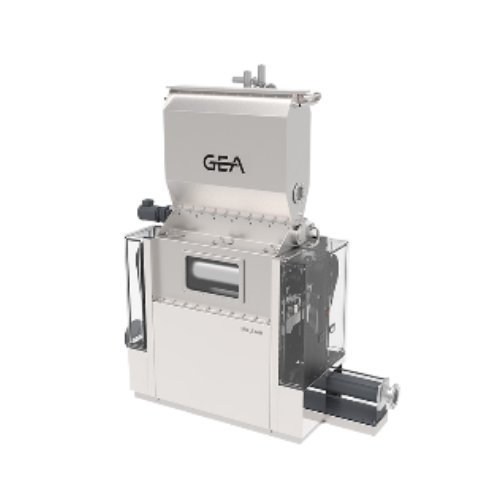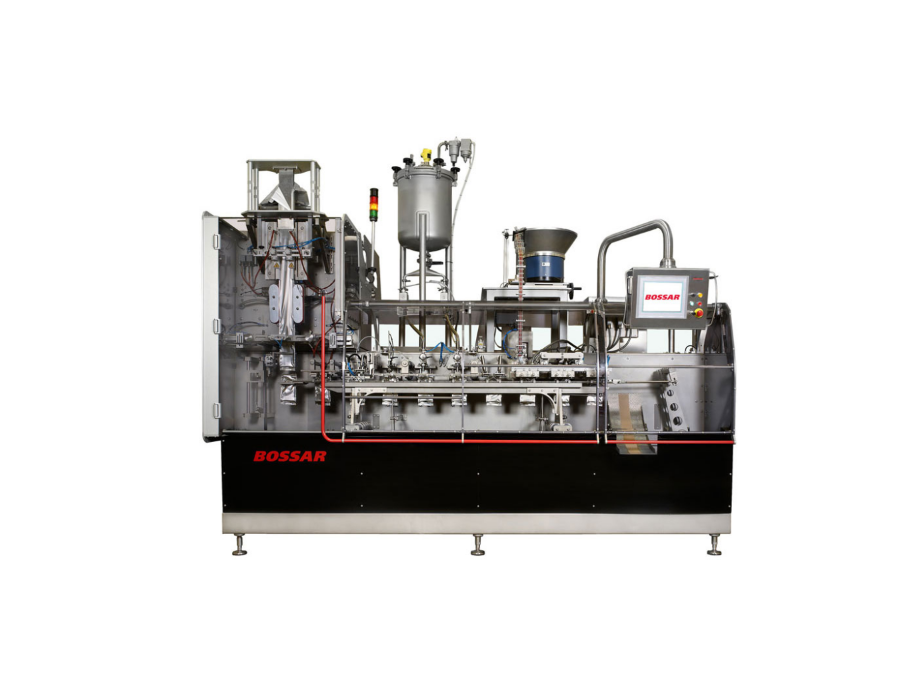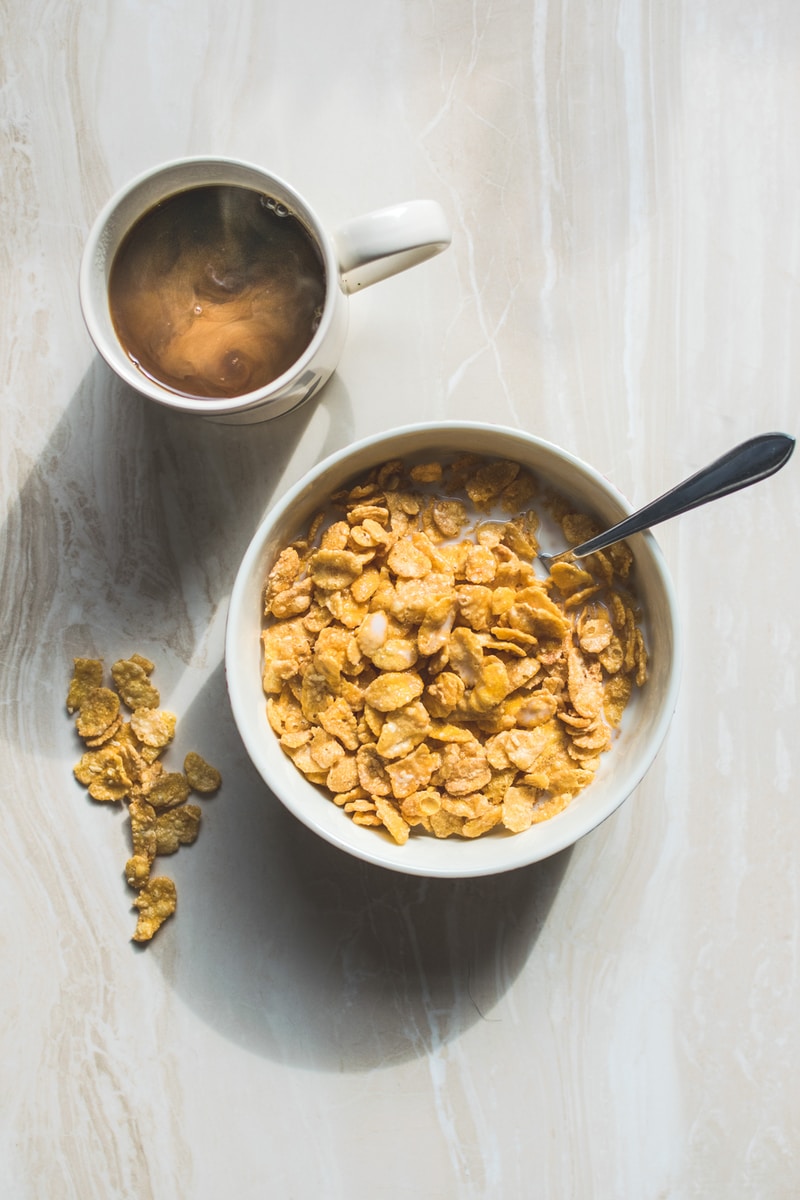
Corn Flakes Equipment
Find innovative production technology for making corn flakes and connect directly with world-leading specialists
First developed by Will Kellogg in 1894, corn flakes’ popularity grew exponentially. Made from toasting flakes of corn (maize) and served with cold milk, corn flakes have become a favorite breakfast cereal snack for millions around the world. Corn flakes production begins with milling raw corn, creating cornmeal which is then extruded to create corn flakes.
Tell us about your production challenge
Corn flakes manufacturing process: extrusion takes over from the traditional method
Although there are many different varieties of corn, dent corn, also known as field corn, is the most widely used corn when making cornflakes. The traditional method involves mixing the coarse flaking-grade corn grits with the other ingredients, cooking and drying them to about 21% of moisture, tempering, and then rolling them into flakes before toasting (final moisture range 1-3%).
Nowadays, corn flakes are made by extrusion cooking, however. The extrusion process begins by cleaning and milling dent corn into cornmeal often using a twin screw extruder. The cornmeal is then transferred onto a feeding conveyor that loads it into a sifter and then into an extruder. Then, extrusion takes place: a process that combines mixing, cooking, kneading and forming.
The ingredients are fed into the extruder barrel and subjected to heating, compression and mixing. The raw material comes out of the extruder in form of strands that are then cut to form the pellets. After drying, pellets are flaked using a flaking roller and toasted
Production process of corn flakes: flaking
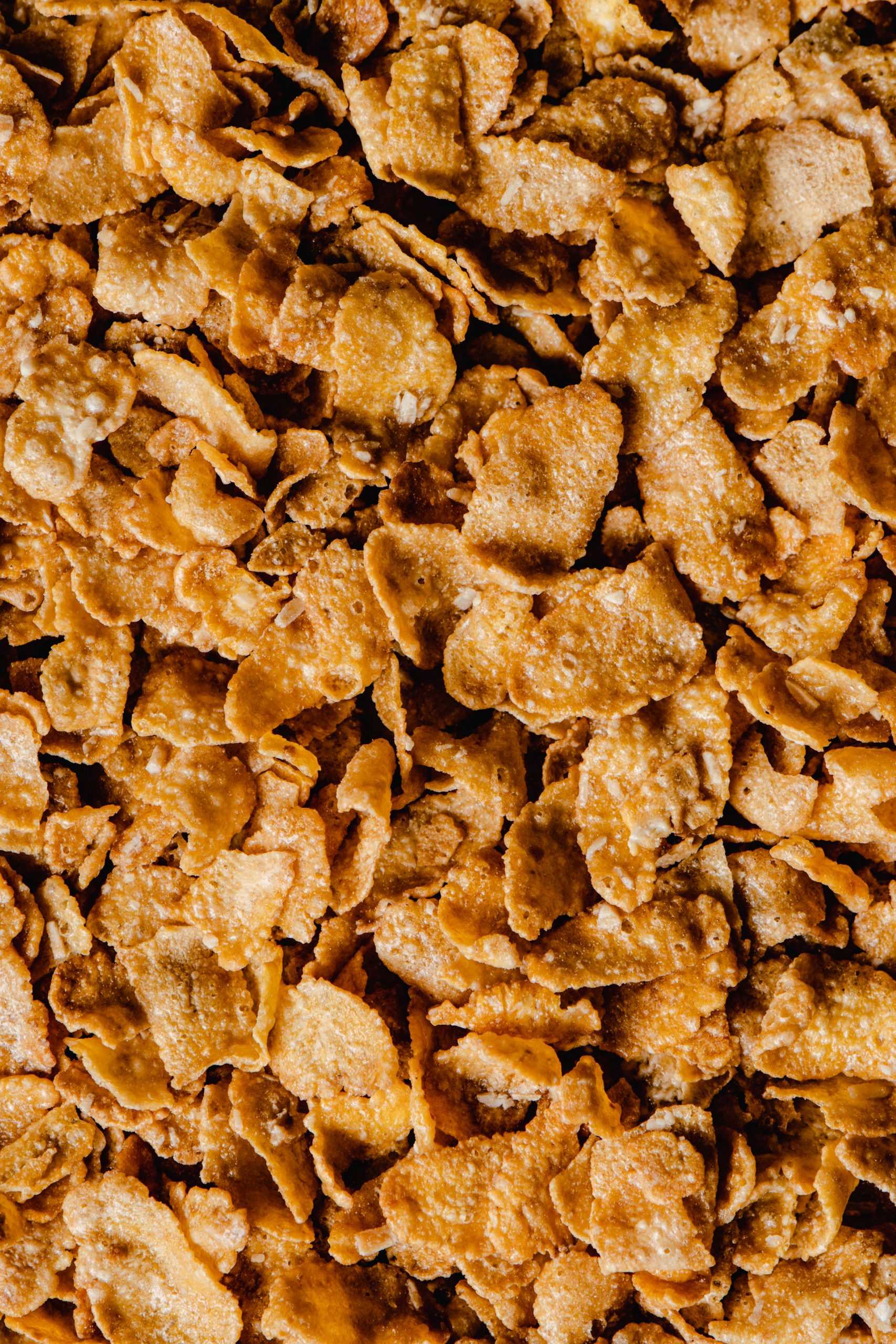
After extrusion, the semi-finished cooked mass is formed into pellets. They have a water content of approximately 22-24% that interacts with starch, making them sticky and viscous which is why they are transferred onto a vibrating feeder that prevents sticking.
The vibrating conveyor belt then brings the pellets into a flattening machine were they are flaked with steel rollers. The rollers’ surface is heated to 43-48 ̊C to avoid sticking or overheating of the mass. The delicate balance between heat and moisture is paramount for flaking- too much heat and the mass becomes too sticky and clings to the rollers and if the moisture is lower than 10%, the mass must be steamed so that flaking can be successful.

When the flakes are formed, they are put into an industrial dryer. High-temperature drying ensures that the water that still remains in the flakes evaporates before they are transferred to a baking sheet and put into an oven at 215 ̊C to receive their golden color. Once this process is finished, the cornflakes are transported to the cooling drum.
Loss of phenolic acids when making corn flakes – How to avoid it?
Grains such as corn, whole wheat and oats contain phenolic acids. Phenolic acids are anti-inflammatory and work as antioxidants, preventing cellular damage. Phenolic acids in grains such as corn are concentrated mostly in the bran; sadly the bran is either partially or wholly removed during corn processing, which significantly decreases the amount of phenolic acids in corn flakes. The largest loss of phenolic content happens during three stages dry milling- whole kernel, flaking grit and toasted cornflake.
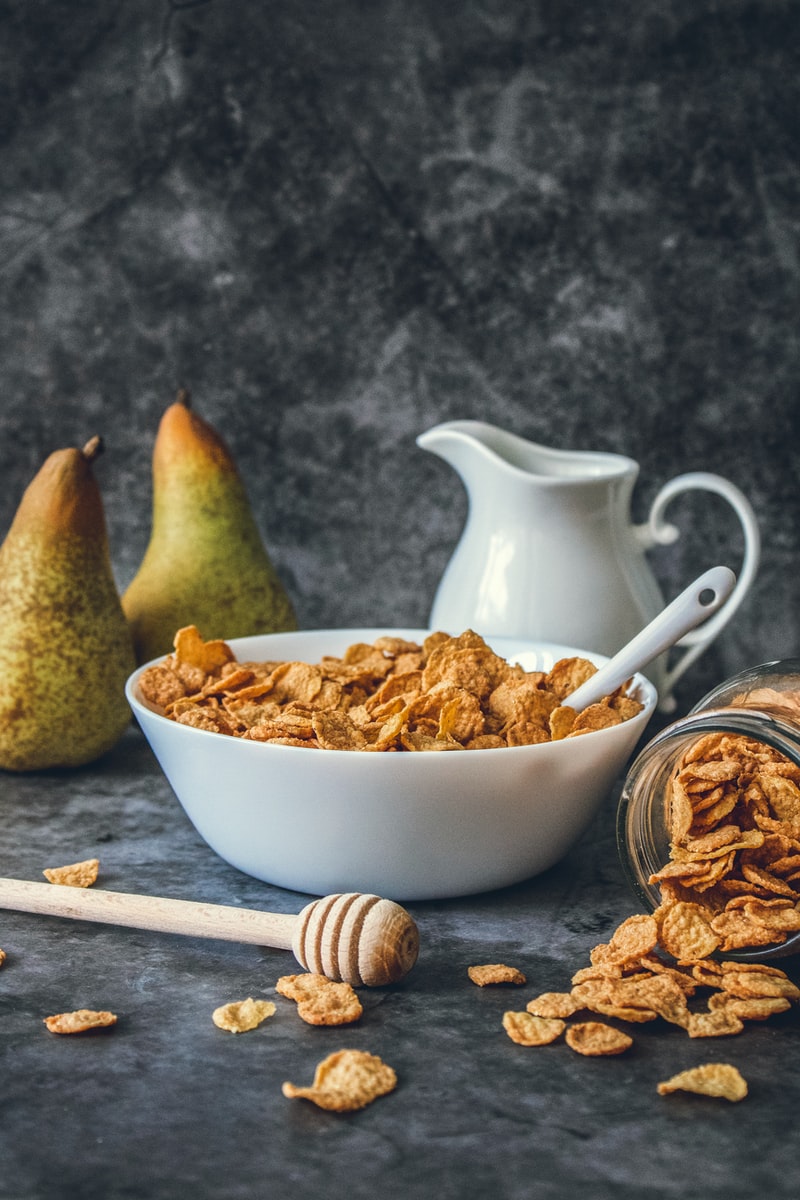
In order to find out how to retain phenolic acids in corn flakes, researchers from the University of Illinois conducted a series of studies focusing on phenolic acids in processed corn. They are currently trying to increase the amount of phenolics in processed corn-based products with an experiment that reintroduces heated starch to processed corn-based products. This experiment is testing whether heating of the starch can release bound forms of compounds that would increase the quantity of antioxidants in corn-based foods. These developments are crucial for food science, food processing and represent future improvements.

Using food waste for improving nutritional properties of corn flakes
Processing corn flakes includes many steps and among them is the repurposing of food waste to fortify the end product.
A group of researchers from the University of Novi Sad and the University of Belgrade have successfully increased the amino acid content in corn flakes by adding dry residue of wild oregano and sunflower. They increased the total phenolic content (TPC) to 2.84mg/g by adding 9g/100 g of sunflower and 1g/100 g of wild oregano residue to cornmeal before extrusion.
Reusing by-products for the fortification of corn flakes increases the sustainability of the product by minimizing food waste in general and is proven to have great health benefits. If you’re looking for your next corn flakes machine or production line, contact us now and we will connect you directly with leading machine manufacturers worldwide
Processing steps involved in corn flakes making
Which corn flakes technology do you need?
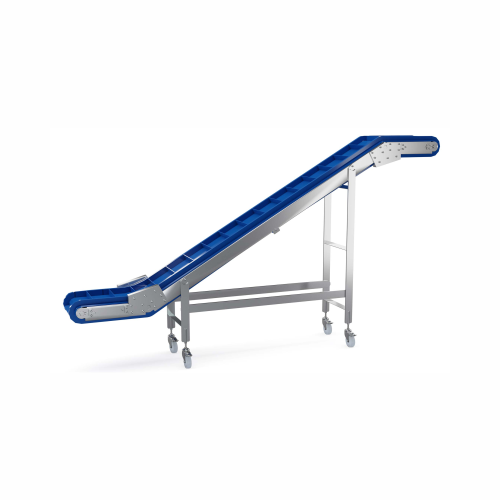
Conveyor systems for snack production
Streamline your snack production with advanced conveyor systems designed for seamless...
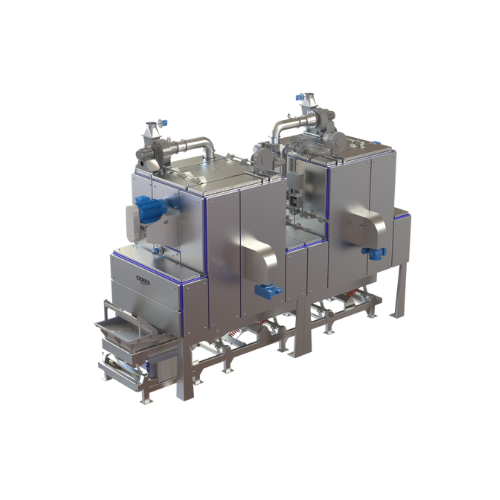
Industrial 2-zone toaster for optimal cereal processing
Achieve precise toasting of cereals and seeds with the 2-zone toa...
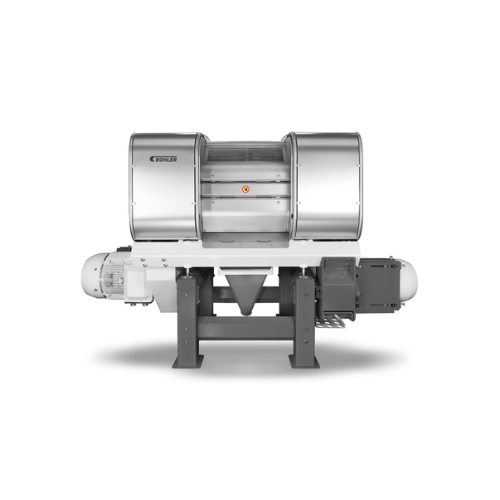
Flaking mill for grain and cereal production
Achieve consistent flake thickness and high throughput with advanced roller t...
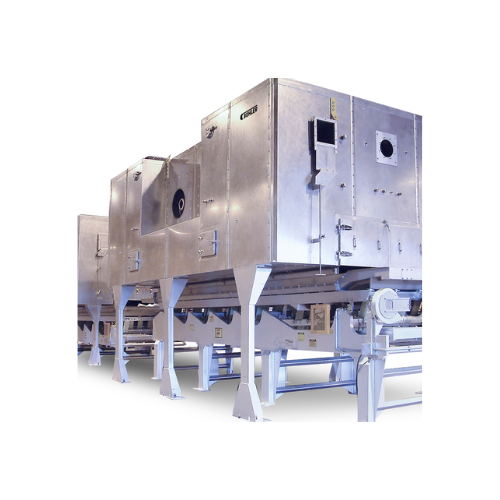
Fluid-bed toaster for cereal processing
Achieve precise control over texture and taste while reducing operating costs with ...
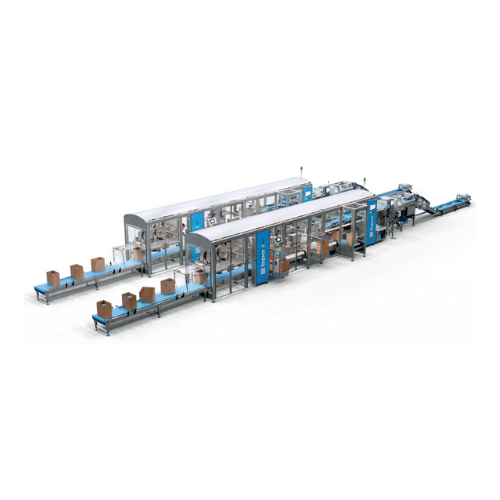
High-speed case packer for flexible bags
Streamline your packaging process with a solution designed for high-speed, error-f...
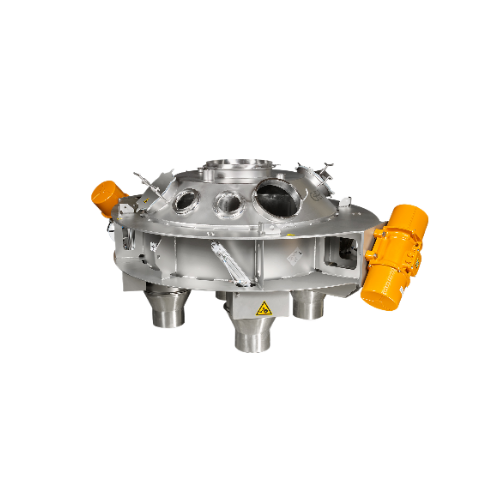
Circular distribution feeder for fragile product handling
Achieve precise dosing and reduced product damage with a versa...
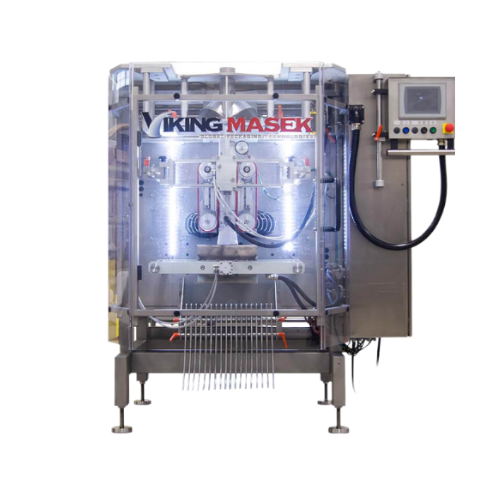
Vertical form fill seal for dusty and liquid products
Optimize your packaging line with a versatile solution designed to ...
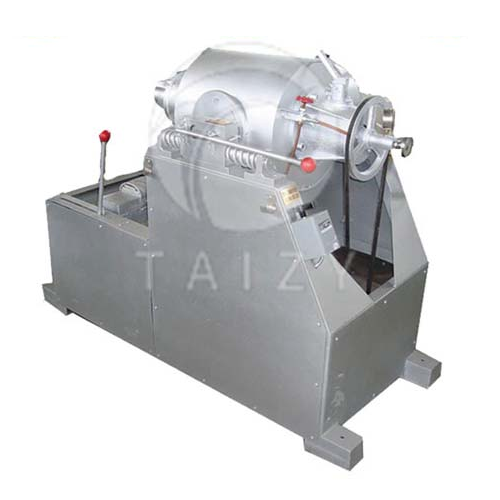
Airflow grain puffing machine
Unlock the potential of versatile snack production with precision-engineered airflow puffing t...
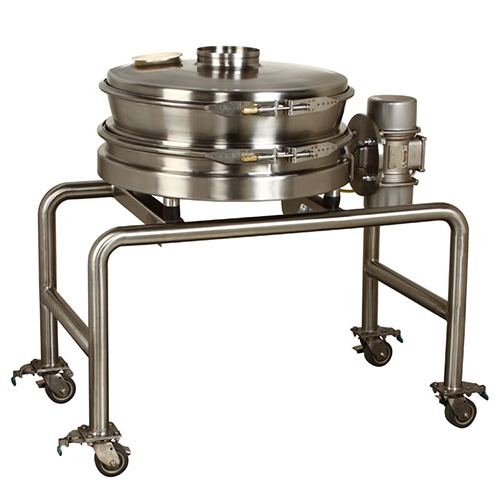
Sanitary separator for food processing applications
Ensure efficient separation and prevent contamination in food product...
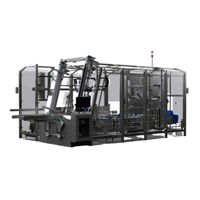
Side Load Case Packer For Packaged Food
Accuracy is a primary concern for case-packing pre-packaged foods such as milk or p...
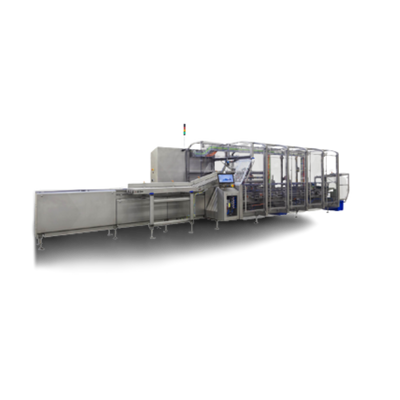
Intelligent Continuous Food Cartoner
Fully automated robotic packing solutions enable larger-scale food producers to pack a...
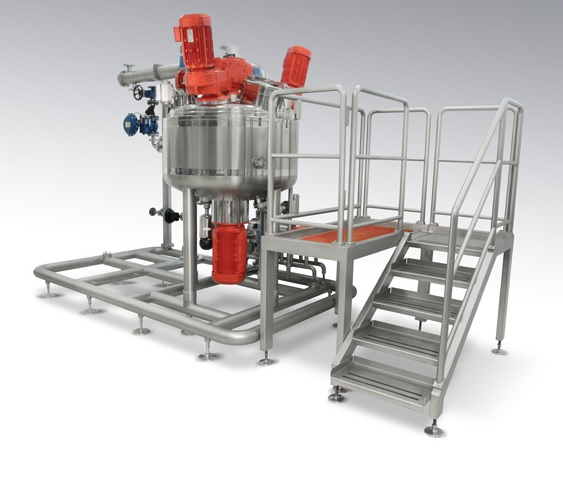
Temperature-treatment mixer for bakery & gastronomy
The production of creams, sauces, ragouts, ready-to-bake, and sim...
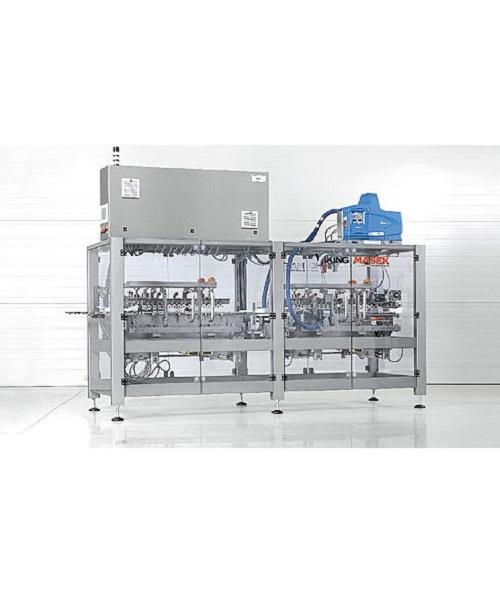
High speed carton closing machine
Choosing a carton closing machine becomes a significant consideration when the closing of...
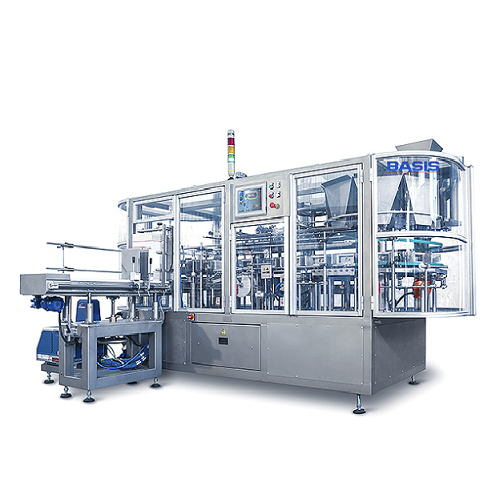
Continuous vertical cartoner
When producing cereals, it is paramount to stay on top of market trends. New packaging forms ca...
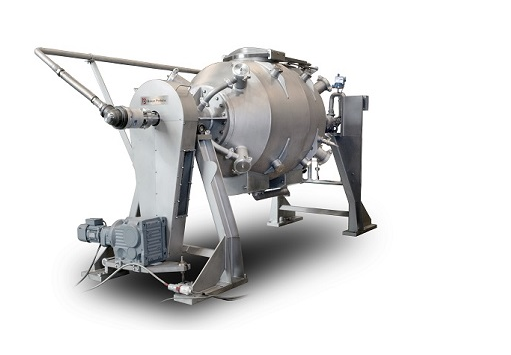
Batch cooker of cereal foods
Controlled steam cooking of whole or milled grain products is the best way to ensure best textu...
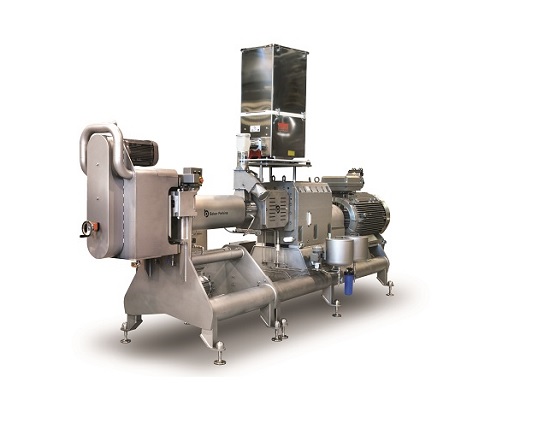
Extruder for large-scale production of breakfast cereals
Shaped and filled extruded breakfast and snack products are extr...
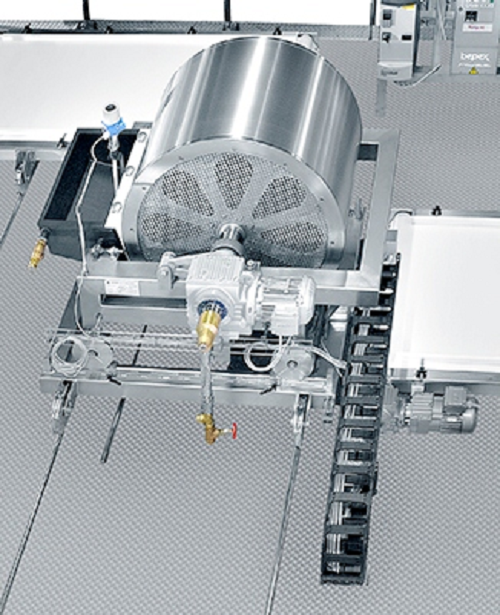
Cooling drum for soft and caramel mixtures
Cool your product to the temperature required for further processing. This is a...
